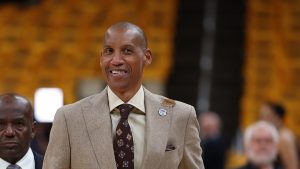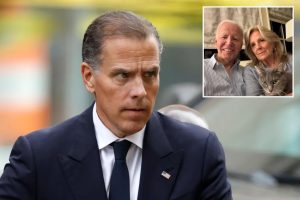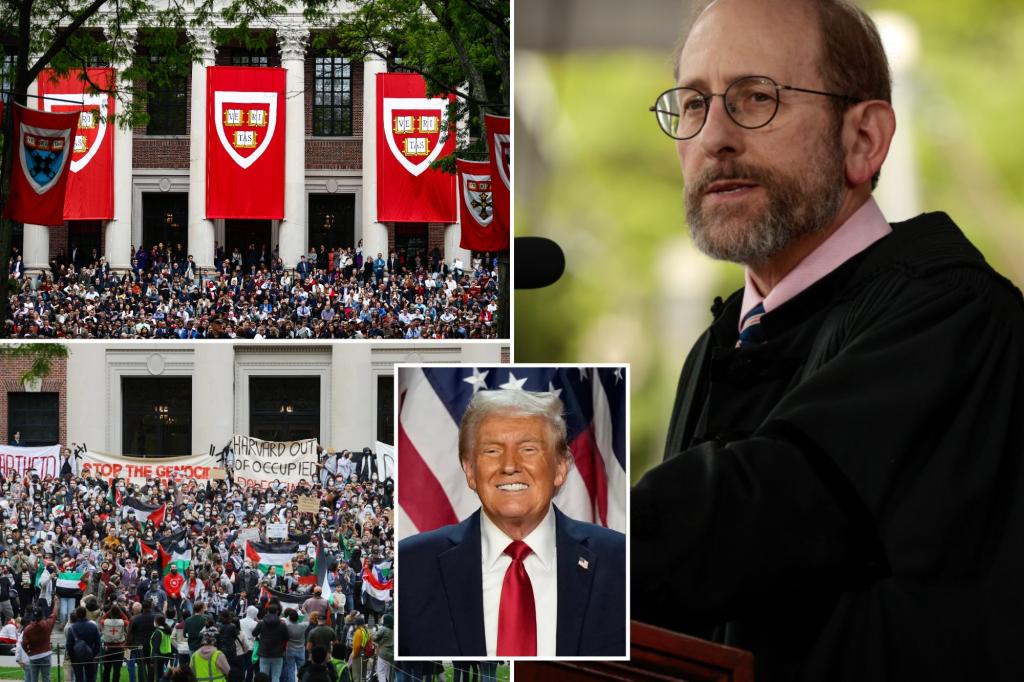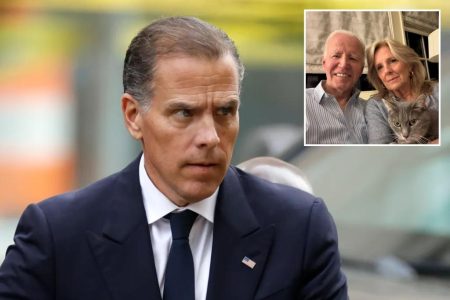Harvard University finds itself at a critical juncture, navigating a complex political landscape and facing mounting public scrutiny. President Alan M. Garber, recognizing the urgency of the situation, has urged the institution to recalibrate its communication strategy in light of the recent Republican election sweep and a growing anti-elite sentiment among the electorate. Garber’s concerns, shared with the Faculty of Arts and Sciences in a closed-door meeting, underscore the precarious position of higher education, particularly elite institutions like Harvard, in the current political climate. His assessment, characterizing the prevailing sentiment in Washington D.C. as the most significant threat to the university in recent memory, paints a stark picture of the challenges ahead.
Garber’s interactions with members of Congress have revealed a bipartisan disillusionment with Harvard, with criticisms he acknowledges contain elements of truth. This acknowledgement signals a departure from previous defensive postures and suggests a willingness to engage constructively with the concerns being raised. The president’s call for empathy and humility in addressing public criticism reflects a strategic shift towards a more conciliatory approach, aiming to bridge the widening gap between the institution and a public increasingly skeptical of its role and influence. The election results, interpreted as a rejection of elitism, necessitate a reassessment of how Harvard presents itself and its values to the wider world.
The university’s existing communication strategy, deemed ineffective, requires a significant overhaul. While details of the revised approach remain undisclosed, Garber’s emphasis on diplomacy indicates a move away from confrontation. This suggests a desire to engage in constructive dialogue with the incoming administration, despite being a potential target of its policies. This proactive, rather than reactive, strategy aims to mitigate potential damage and maintain a working relationship with the government, crucial for securing funding and navigating regulatory hurdles. The focus will likely shift towards emphasizing Harvard’s contributions to society, highlighting its role in research, innovation, and economic growth, thereby justifying its unique position and the public investment it receives.
The potential threats facing Harvard are multifaceted and extend beyond general public perception. Concrete legislative challenges, including the endowment tax, congressional investigations, and potential cuts to federal research funding, loom large. These threats, coupled with the appointment of Harmeet K. Dhillon to lead the Justice Department’s civil rights division, known for her stance against Ivy League institutions regarding antisemitism, and Dr. Jay Bhattacharya to the National Institutes of Health, who is considering linking research grants to academic freedom metrics, signal a potentially hostile regulatory environment. These appointments introduce an element of uncertainty and underscore the need for Harvard to proactively address these concerns and demonstrate its commitment to addressing issues of diversity, inclusion, and intellectual freedom.
Harvard’s consistently low ranking in surveys assessing free speech climate on campus further complicates the situation. This recurring criticism, coming from the Foundation for Individual Rights and Expression (FIRE), adds another layer to the challenges facing the university. It reinforces the perception of an environment that stifles open discourse and potentially fuels the narrative of elitism and intellectual intolerance. Addressing this issue effectively is crucial for rebuilding trust and demonstrating a commitment to fostering a vibrant intellectual community that embraces diverse perspectives. It requires a comprehensive approach that goes beyond mere policy changes and encompasses a genuine cultural shift within the institution.
The context of these challenges is further amplified by the recent leadership transition at Harvard. Garber’s presidency follows the tumultuous exit of Claudine Gay, whose resignation stemmed from a confluence of controversies, including accusations of plagiarism and insensitive remarks about antisemitism. This backdrop adds an additional layer of pressure on Garber to navigate these turbulent waters and restore public confidence in the institution’s leadership and integrity. He inherits a legacy of unresolved issues and must steer the university through a period of intense scrutiny, demanding a deft hand and a strategic vision that addresses both immediate challenges and long-term goals. His success will depend on his ability to effectively communicate Harvard’s value proposition to a skeptical public and build bridges with a potentially adversarial government.










